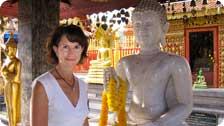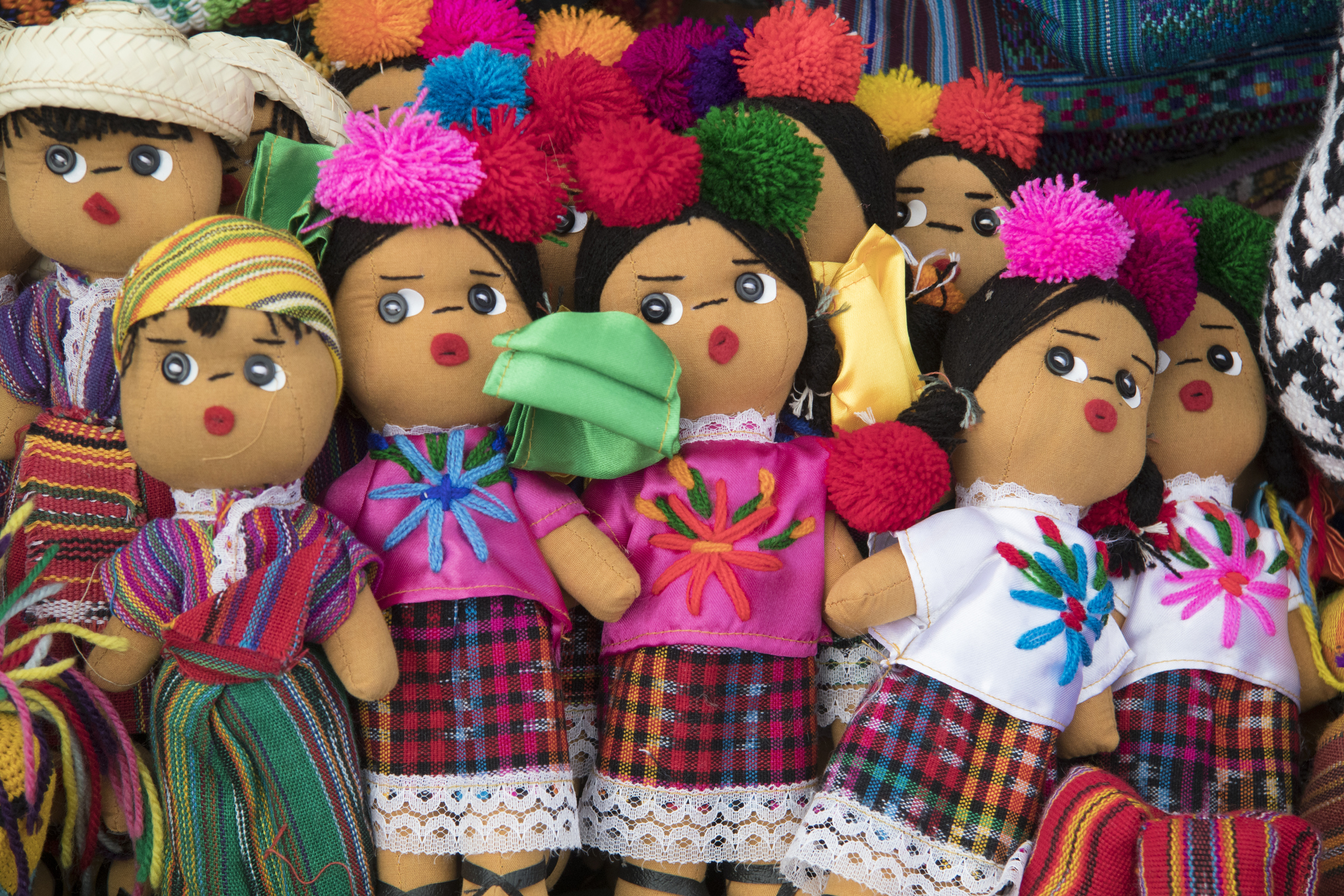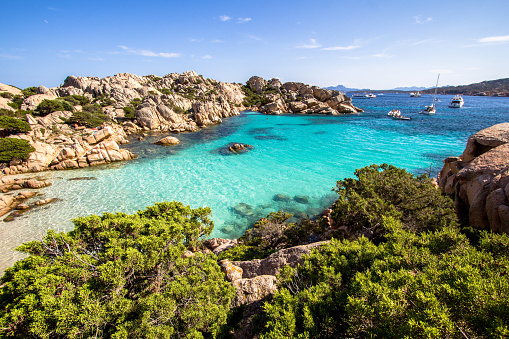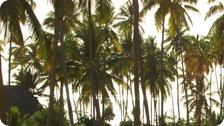by Sharon Spence Lieb
Chiang Mai, Thailand… In my fantasy, I am Keeper of the Royal Elephants for his Majesty, The King of Thailand:
“Bring me a female White Elephant,” my King commands. “Sacred and rare, they’re not easily found. I hear they are charmed by purple orchids.”
“Your Majesty,” I stammer. “In all my years as your Royal Elephant Keeper, I have never captured a White Elephant. Wherever shall I look?”
“The Mae Sa Valley,” he smiles. “She will be bathing in a shady river. Delight her with purple orchids, then deliver her to me in secret. A most special surprise for the Queen’s birthday!”
My elephant Noy Nang and I search tangled forests of teak trees and fragrant wild ginger. We ride along terraced mountain slopes, under sparkling waterfalls, wading across every river. Not a white elephant in sight. One afternoon, a kaleidoscope of butterflies leads us to a clouded leopard reclining high in the canopy.
“We’re searching for a female White Elephant,” I say. “A gift for the Queen’s birthday.” His golden eyes sparkle in the sun. “A beautiful White Elephant lives near the Ping River,” he says, leaping onto the dappled forest floor. We follow.
“There,” he whispers.
“Many thanks,” I murmur. “She is beautiful.”
Breaking off a branch of purple orchids, I quietly slide down Noy Nang’s trunk. Splashing in the river, a captivating young elephant sprays muddy water over her ivory body. Enchanting. Regal. How can I entice her?
“You, most extraordinary creature, are invited to live at the Royal Palace with The King and Queen,” I offer, extending the irridescent lavendar orchids.
The White Elephant unfurls her trunk towards me. We are eye to eye.
“You will be well loved, I promise….”
Suddenly my elephant fantasy is interrupted.
“I promised you an elephant performance today Sharon,” says Mr. Chai, my Chiang Mai guide. “Come along now, the show is starting. The elephants not only play soccer, they create fine art. Amazing!”
Finding myself in 2006, I reluctantly leave the rare White Elephant at the Ping River.
Hundreds of enthusiastic tourists sit in a small covered stadium. Like Miss America contestants, sixteen Asian elephants lumber into the ring carrying a banner that reads: “Welcome to Maesa Elephant Camp!” Mahouts in red striped shirts and blue flip flops slide gracefully down their elephants’ trunks, then scramble deftly up their giant back legs. Elephants and mahouts exuberantly bow to our delighted applause.
Soccer time. One elephant picks up a ball with his trunk then kicks it toward the net—the score is blocked by a savvy elephant goalie. After half a dozen blocks, the ball veers past the goalie, scoring a point. Elephant Team A trumpets loudly. Audience cheers madly.
Fine art class. Mahouts set out white canvases on wooden easels. Holding a paint brush in their trunk, each elephant delicately dips into small pots of paint. One embraces the spirit of Monet, creating an impressionistic cluster of pink and purple waterlilies. Another mimics Jackson Pollack with a modernistic splash of colorful graphic lines. Yet a third reincarnates O’Keefe, fashioning stunning flower closeups. The paintings are sent to the souvenir shop where they are bought as unique gifts.
“According to an Indian folk tale, elephants once had wings,” Mr. Chai tells me. “An aged hermit meditating under a banyan tree was disturbed when a flock of flying elephants crashed into the branches. One branch broke and fell on him. Outraged, he used his magic powers to remove all the elephants’ wings. So from that time on, no elephants have wings and they must walk instead of fly.”
Did White Elephants have wings as well?
After our Maesa Elephant Camp show, Mr. Chai takes us to Wat Phra That, one of Thailand’s most sacred and beautiful temples.
“Elephants are an important part of the story of Wat Phrathat,” Mr. Chai says as we drive the undulating road up to Doi Suthep mountain outside of Chiang Mai. “A holy relic from Buddha was given to King Kuena during his reign in the 1300’s. The King placed the relic in a howdah strapped to an elephant’s back. The elephant trudged many difficult miles up the mountain, finally arriving exhausted at the top of Doi Suthep. She placed the relic on the mountain top. Her task completed, she died. She was a sacred White Elephant.”
“They were revered,” Mr. Chai continues. “Lucky elephants lived happily at the Royal Residence with the King and Queen. Servants brought them special food on silver trays. On festival days, they were adorned with silk and painted with bright colors. No one ever rode a White Elephant, not even the King.”
We arrive at Wat Phrathat. Veering upward among two undulating dragons are three hundred and six narrow steps. I begin my journey.
On step two hundred and six, a group of orange robed monks greet me. They nod encouragement as if to say, “Just one hundred more steps. Someone important waits for you.”
At the top, a golden Chedi containing a Buddha relic vaults dramatically into a cobalt sky. Around the Chedi are four ornamental umbrellas gilded with beautiful filegree decorations. Surrounding the cloister are murals illustrating Buddha’s life.
Inside a cool alcove, a monk speaking Sanskrit offers blessings to worshippers. Slipping off my shoes, I tiptoe to sit among them. His kindness fills the room, captivating all of us who have come so far, so high. The monk looks curiously at me.
“Where from?” he asks.
“Charleston. South Carolina. America.” I quietly reply.
“So far away! Welcome! Special blessings for you. Much good luck for all your country,” he says, raining me with holy water.
In the serene courtyard, children ring ancient bells. A rare White Elephant waits for me in a garden of purple orchids. I will take her to live at the Palace with my King and Queen. She will be well loved.
* * * *
Where to Encounter Thailand’s Elephants
Thai elephants are treasured by locals and tourists alike. They have played an important role in Thailand’s history, culture and economy. Wild elephants were once captured and trained for battle: the 16th century Burmese invasion against the original Thai capital of Ayutthaya consisted of 300,000 men, 3,000 horses and an army of 700 elephants.
In modern times, kings and royal princes rode on elephants while hunting. Valued for their skill and strength, elephants once provided the main work force in logging teak. Today, most Thai elephants live in camps with their mahouts where they earn their living by entertaining, creating art, and giving rides tourists.
At the Mae Sai Elephant Camp in Chiang Mai, elephants parade, play soccer and paint. After the show, you can take photos, enjoy jungle rides and purchase elephant paintings as souvenirs. At the Chiang Mai Zoo, tourists may feed and pet uncaged baby elephants. In Ayutthaya, outside of Bangkok, visitors ride elephants in quiet parks and shop for elephant souvenirs. On the resort island of Phuket, adventurers relish elephant safaris in the lush tropical mountains.
Thailand’s Attractions
Throughout her 700 years of independence, Thailand has remained a fascinating, hospitable and devoutly Buddhist country. Colorful festivals like Loy Krathong in November and Thai New Year in April, sacred golden temples, craft villages, luxurious spas, lavish hotels, and inventive cuisine guarantee an unforgettable experience.
In Bangkok, plan several days to tour the stunning Grand Palace, the astonishing 150 foot long Reclining Buddha, bustling Night Markets, and chic designer shopping malls.
In Chiang Mai, spend a day at Mae Sai Elephant Camp and Chiang Mai Zoo. Enjoy bargaining at the Night Market, excellent restaurants, and Craft Villages, where visitors can watch artisans creating hand painted umbrellas, celadon pottery, silverware, jewelry, bronze sculptures, wood carvings, and silk textiles.
Ayutthaya, Thailand’s first capital city, is intruguing with temple ruins and sacred Buddha images. Ride elephants through a quiet park and take a longboat on the peaceful Chao Phraya River.
In Phuket, relax on gorgeous white beaches, swim in the calm clear Andaman Sea, luxuriate in enchanting spas, and learn secrets of delicious Thai cuisine in the home of Chef Pat Teingthong, thaicookingclass@hotmail.com.
Flying Thai Air from New York to Bangkok, we relaxed in comfortable seats with ample leg room, enjoying delicious Thai cuisine, as well as dozens of movies during our 17 hour flight.
Contact: www.TourismThailand.org, 1-800-THAILAND, www.ThaiAirways.com.
Recommended Hotels in Thailand
Thailand’s hotels range from luxurious five star, to simple guest houses. We recommend:
The stylish Pan Pacific in Bangkok has a gracious staff and comfortable guestrooms with stunning city views. The main dining room offers a pleasant city vista and serves excellent western, Japanese and Thai cuisine. Swimming in the hotel’s lovely rooftop pool under waterfalls was sublime, especially at night. The Pan Pacific is walking distance to Lumpini Park and The Jim Thompson Shop, Bangkok’s renowned boutique for top quality silk fashions and home decor. Website: www.panpacific.com.
The sumptuous Dusit Thani in Bangkok boasts 8 outstanding restaurants, serving Japanese, Chinese, Vietnamese, Thai and European cuisine. An impressive courtyard garden with lighted waterfalls and an outdoor pool provide a haven from the city’s hectic pace. Guestrooms are spacious and elegant. Across from Lumpini Park, and close to shopping malls. Website: www.Dusit.com.
The sophisticated Hyatt Erawan recently unveiled The i.Sawan Spa, one of Bangkok’s most enchanting Spas. Rejuvenate with a lavendar and orange blossom massage in your private villa, swim at the outdoor pool under fragrant jasmine trees. The Erawan Tea Room serves pastries, exotic teas, and outstanding Thai cuisine. The Dining Room’s fresh seafood buffet is very popular. Walk to Bangkok’s designer shopping malls, as well as the sacred Erawan Temple on the corner. Website: www.hyatt.com.
In Chiang Mai, we stayed at the pleasant Empress Chiang Mai, walking distance
to the Night Market and delightful outdoor restaurants like The Whole Earth.
www.empresshotels.com.









